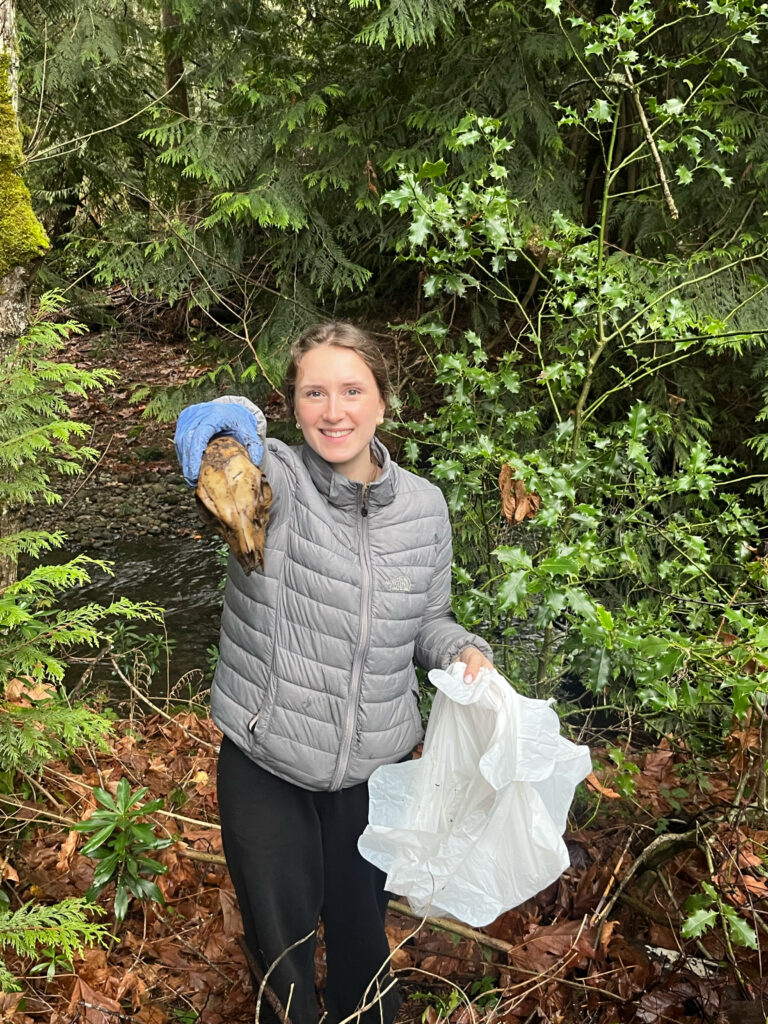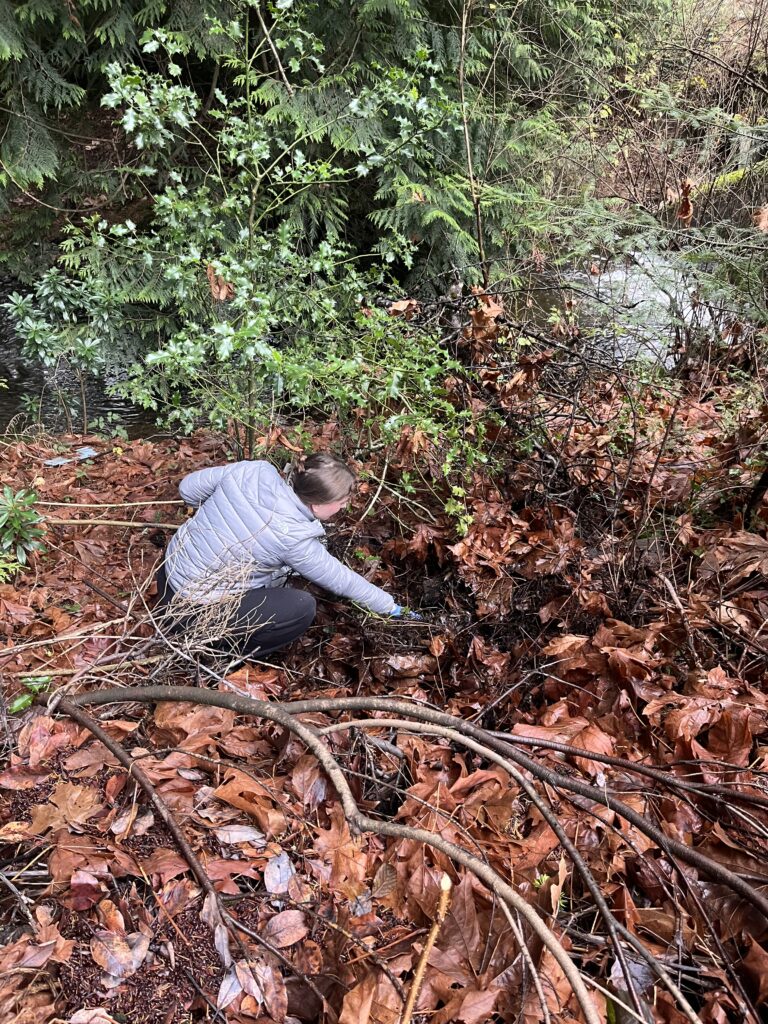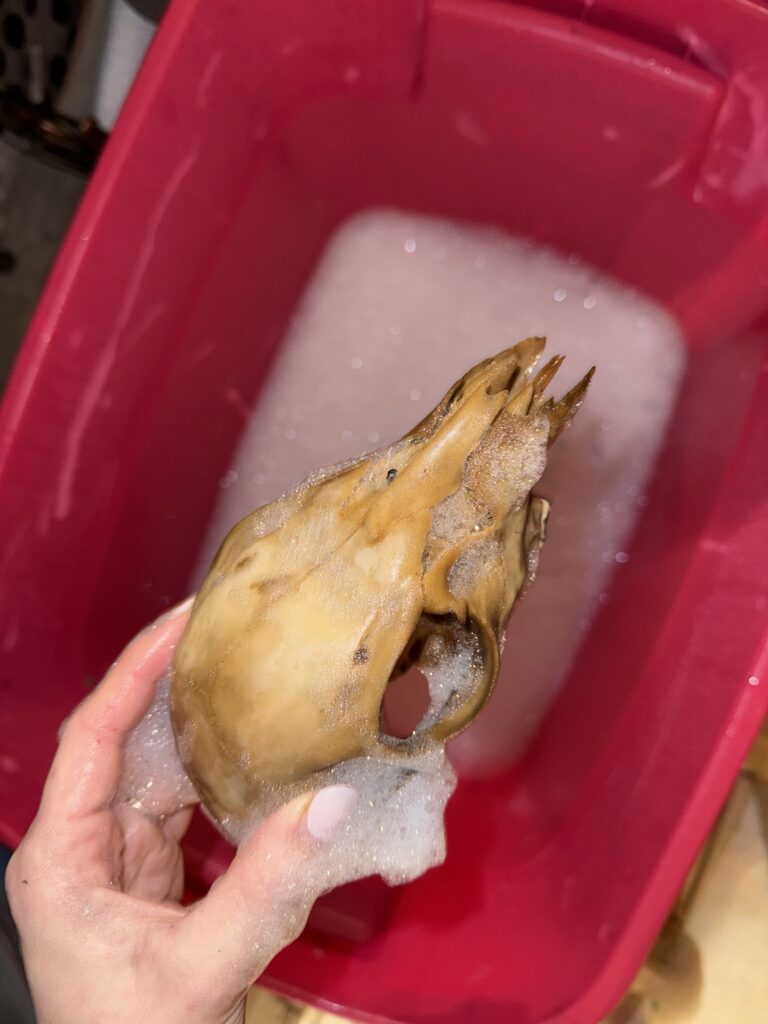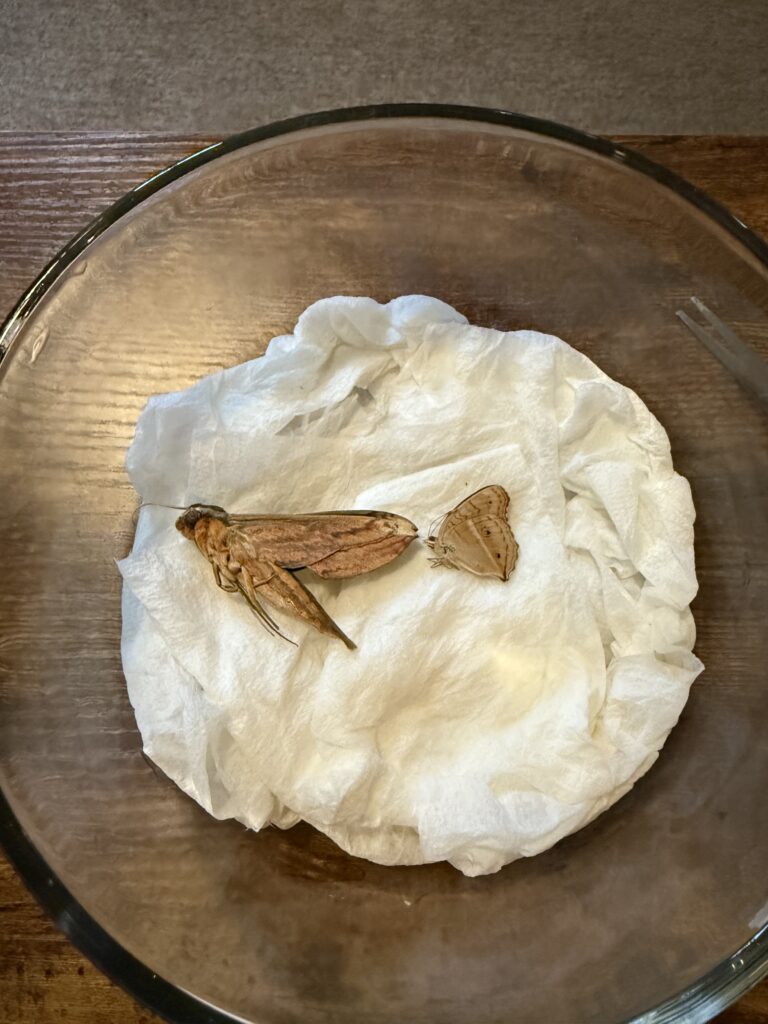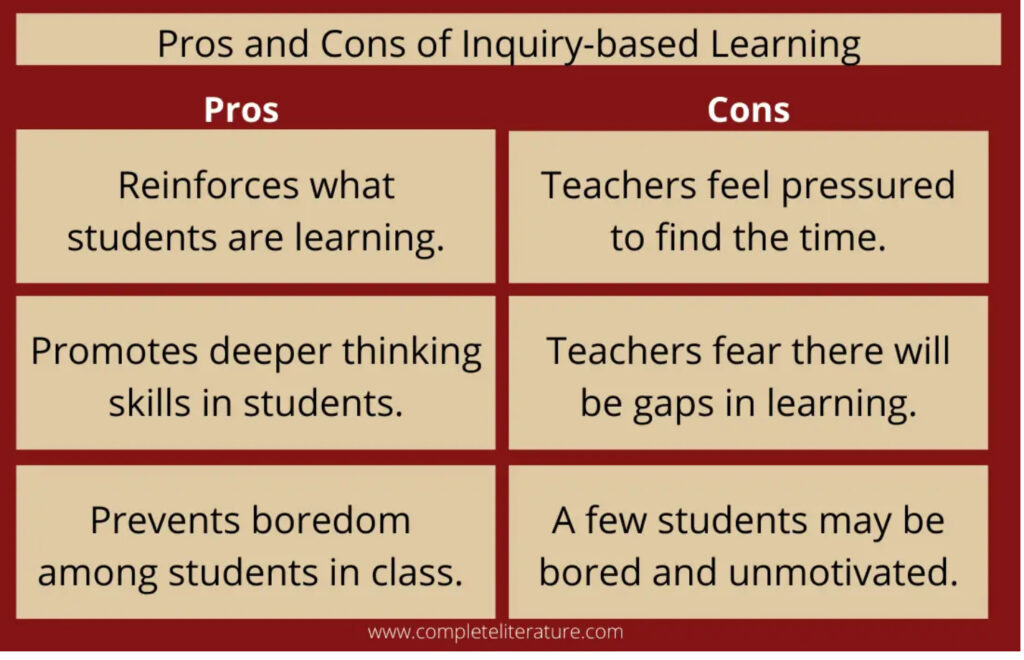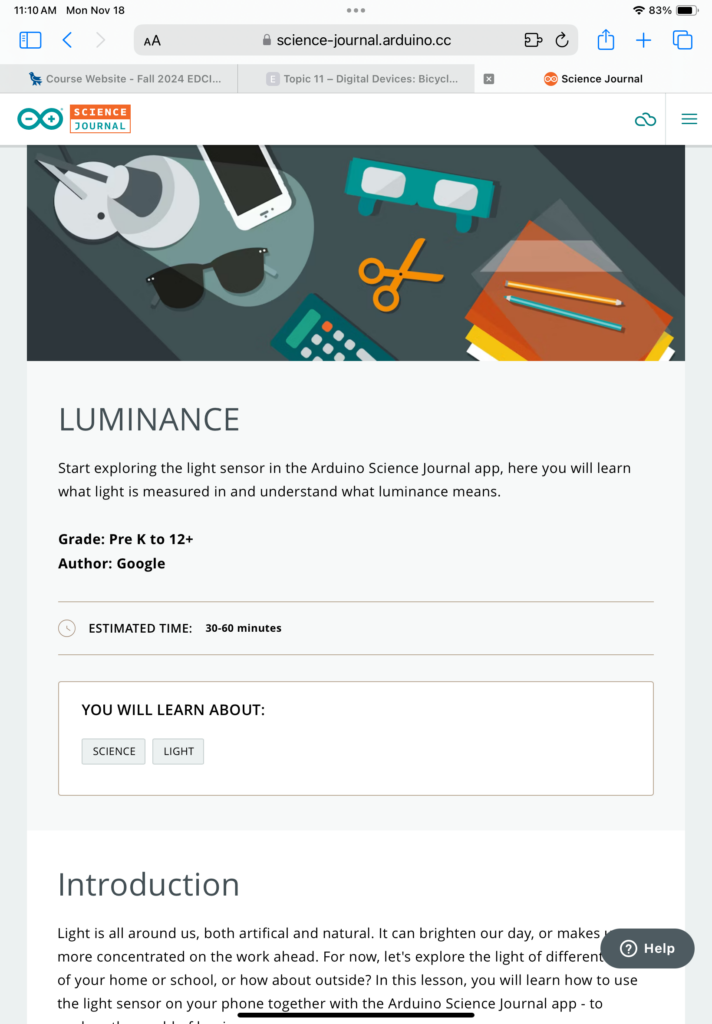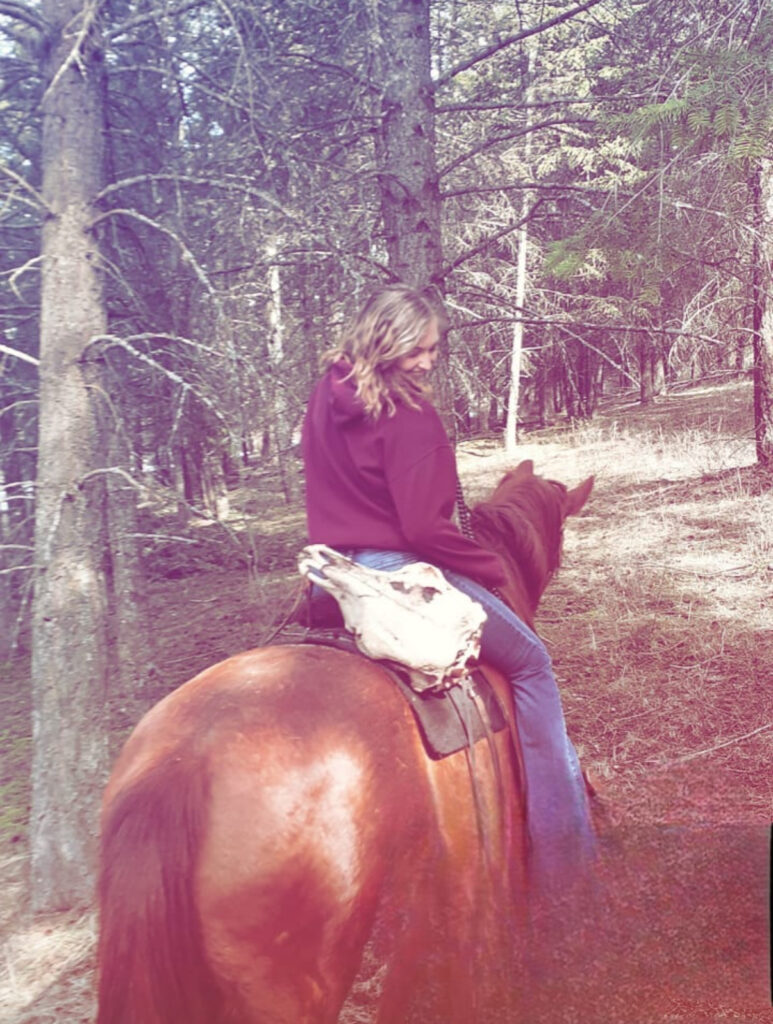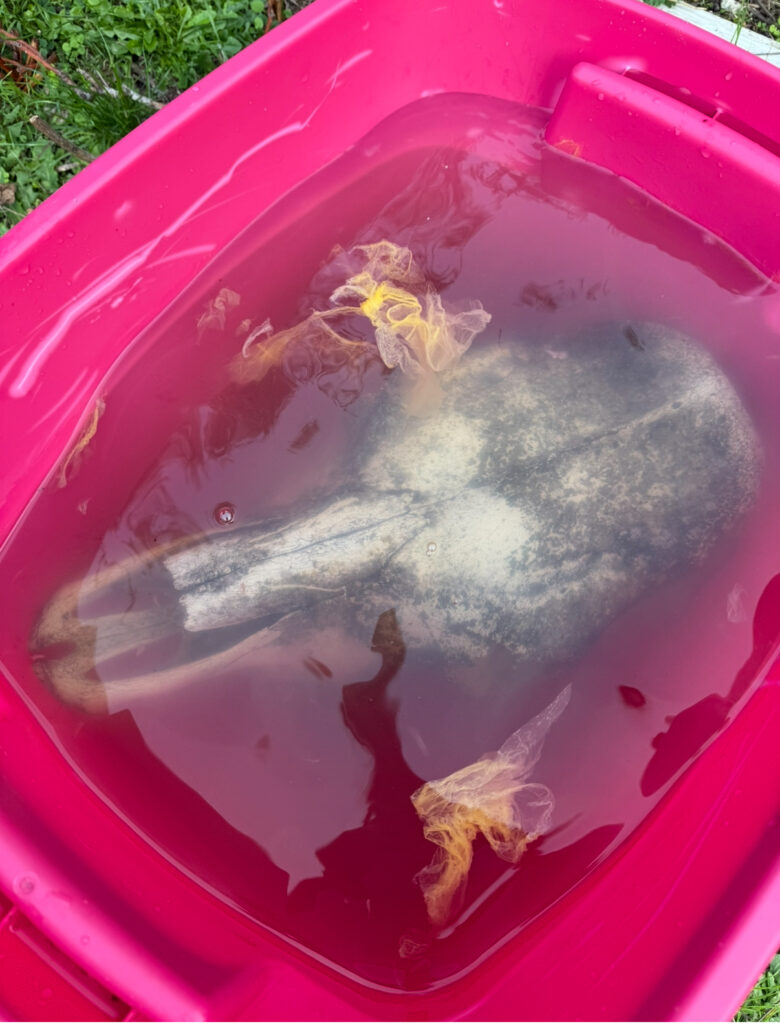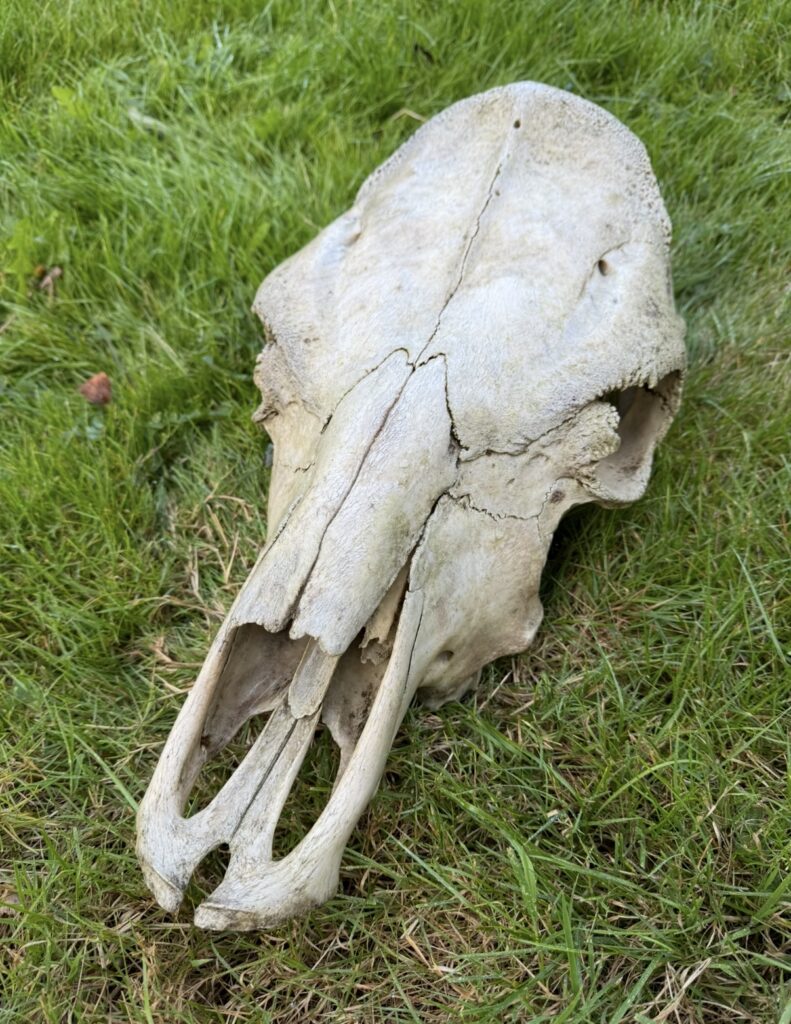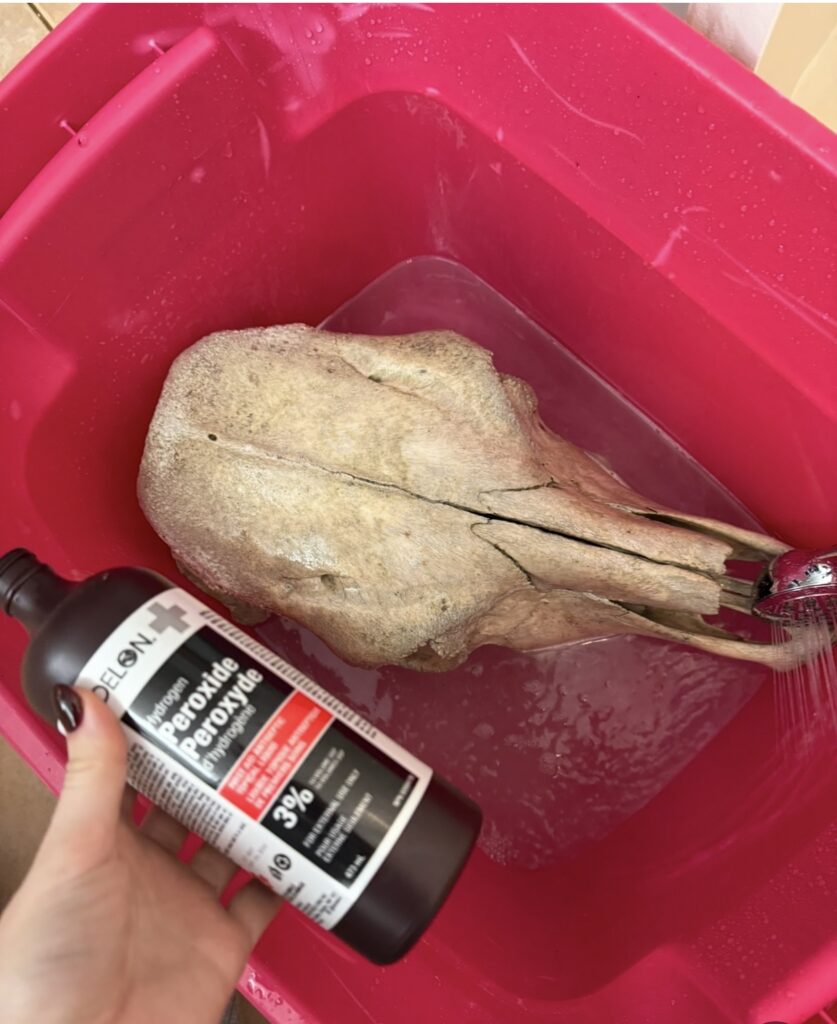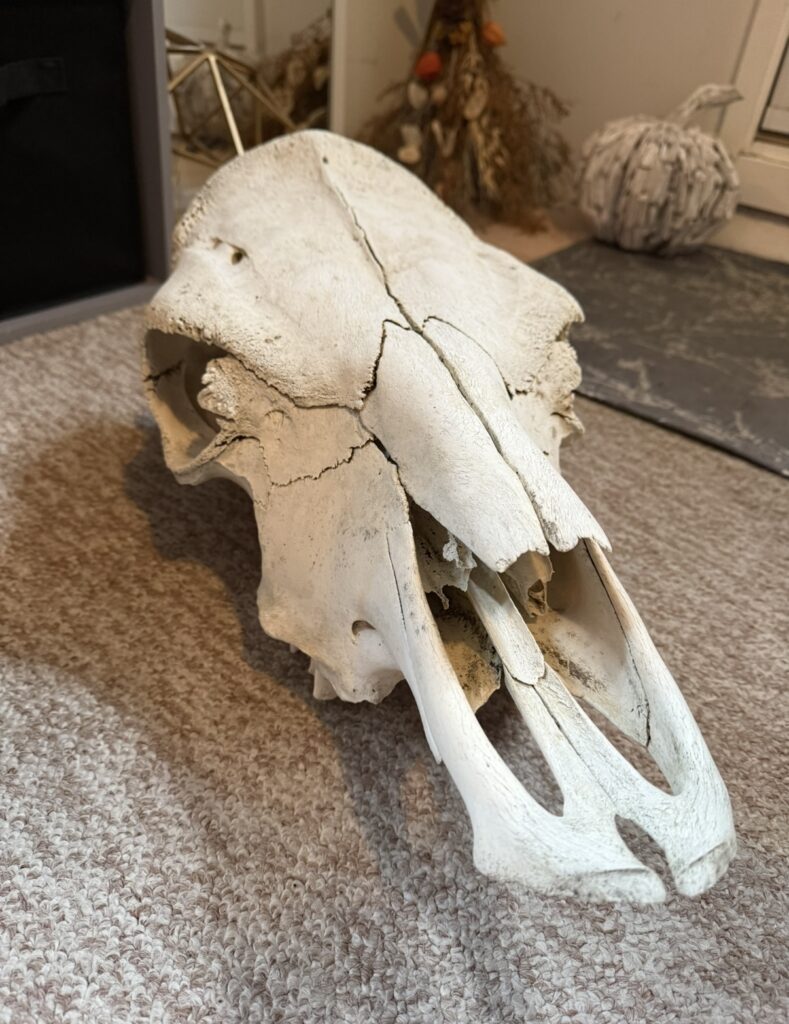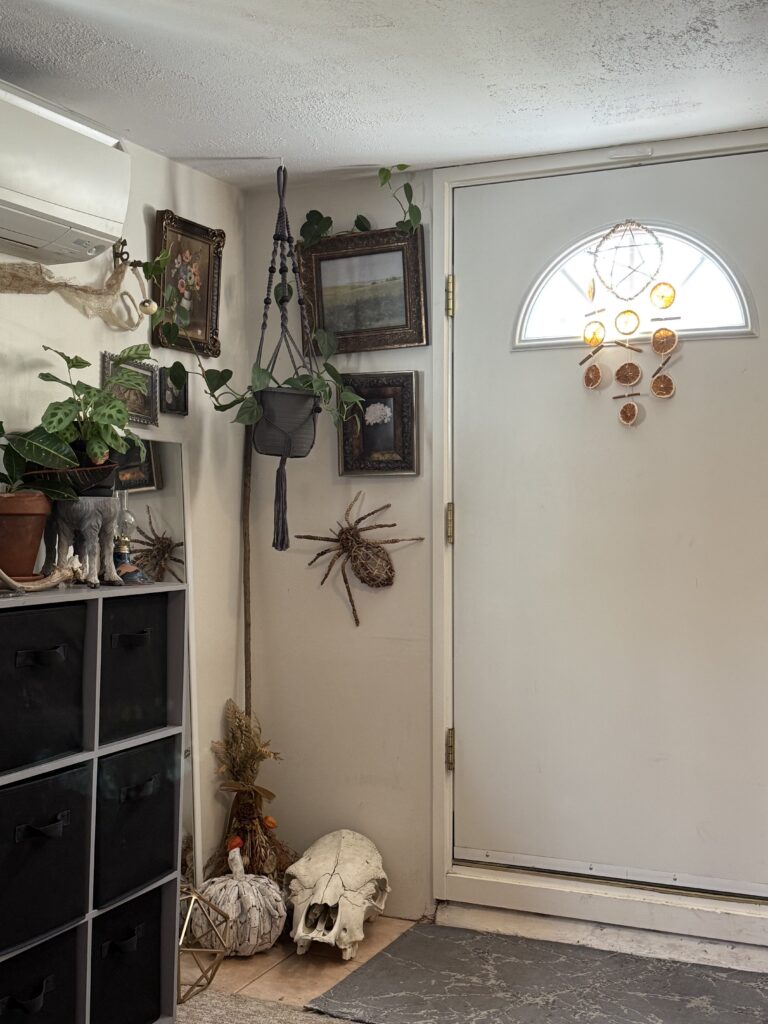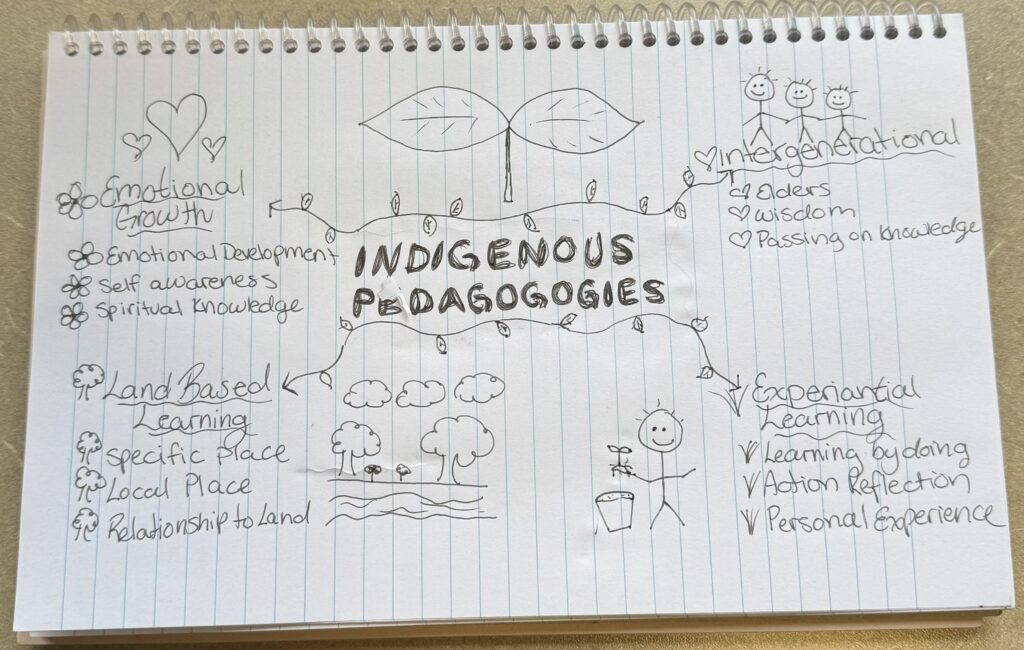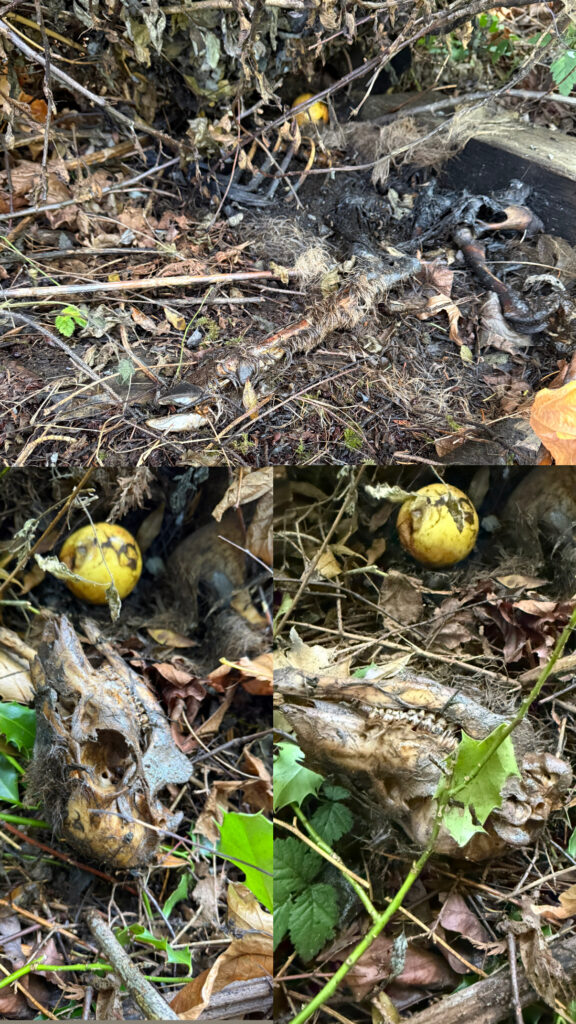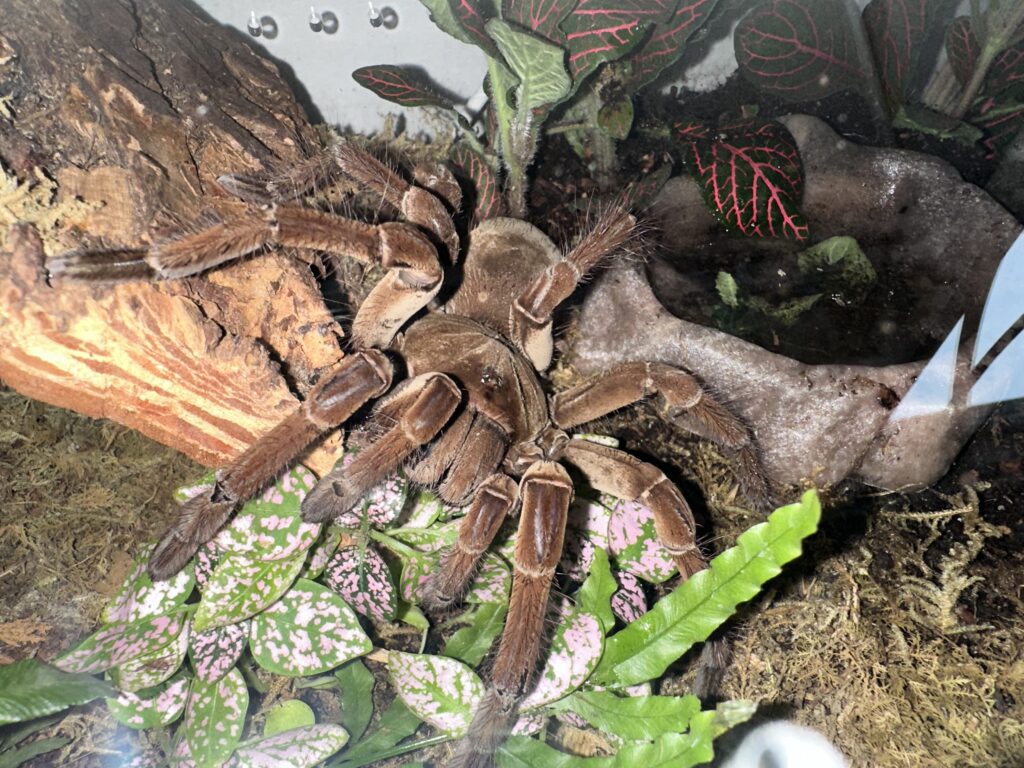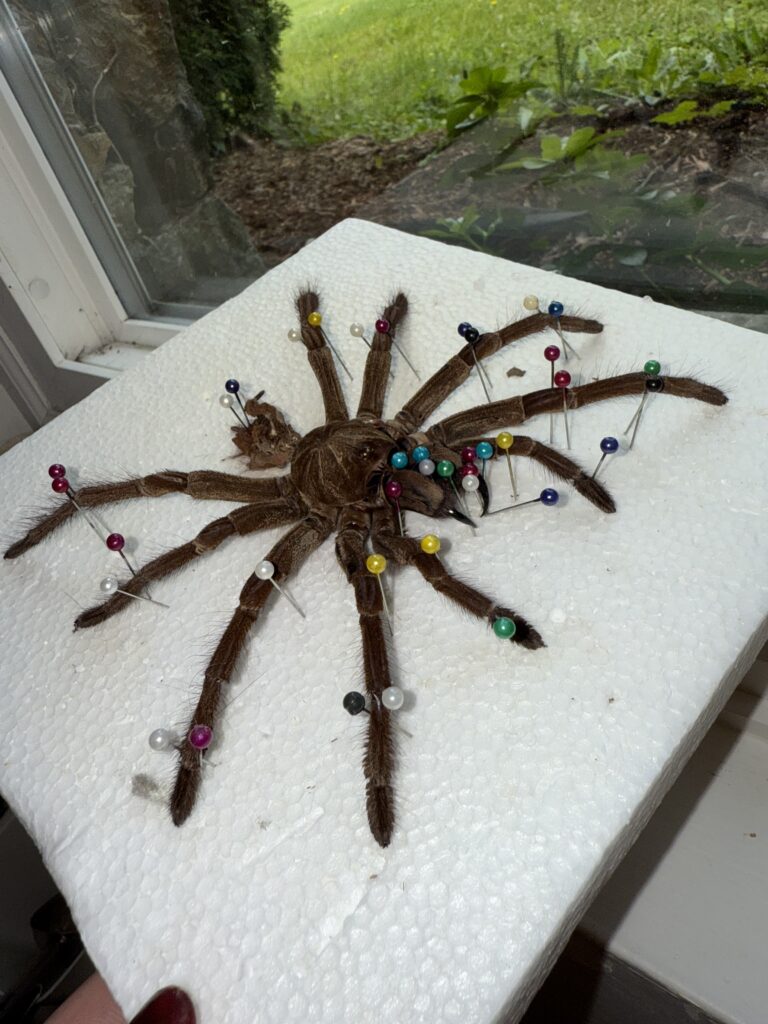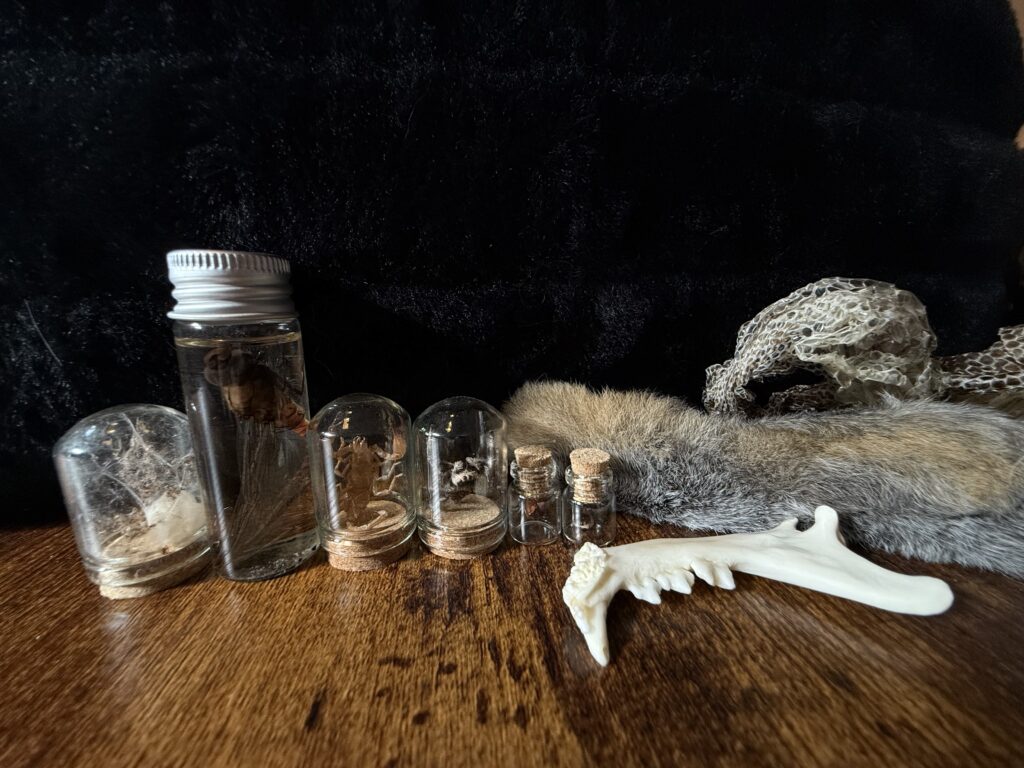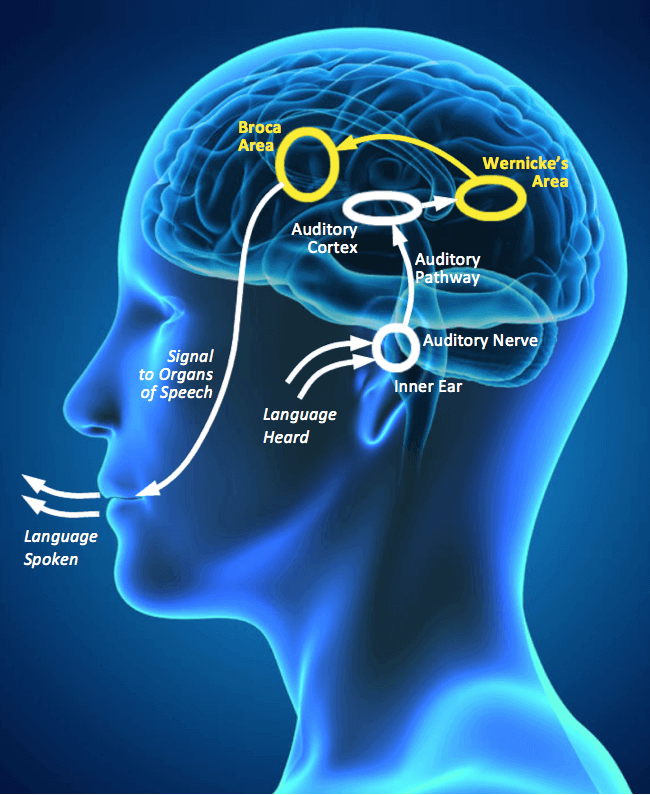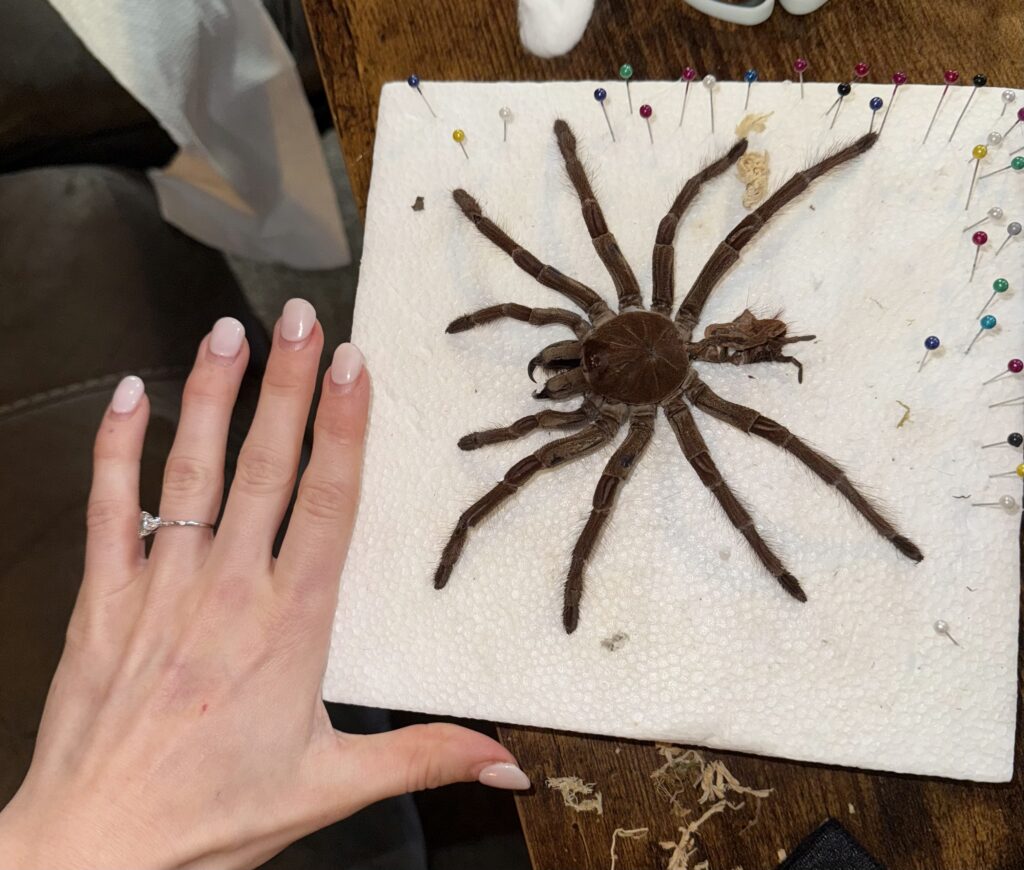
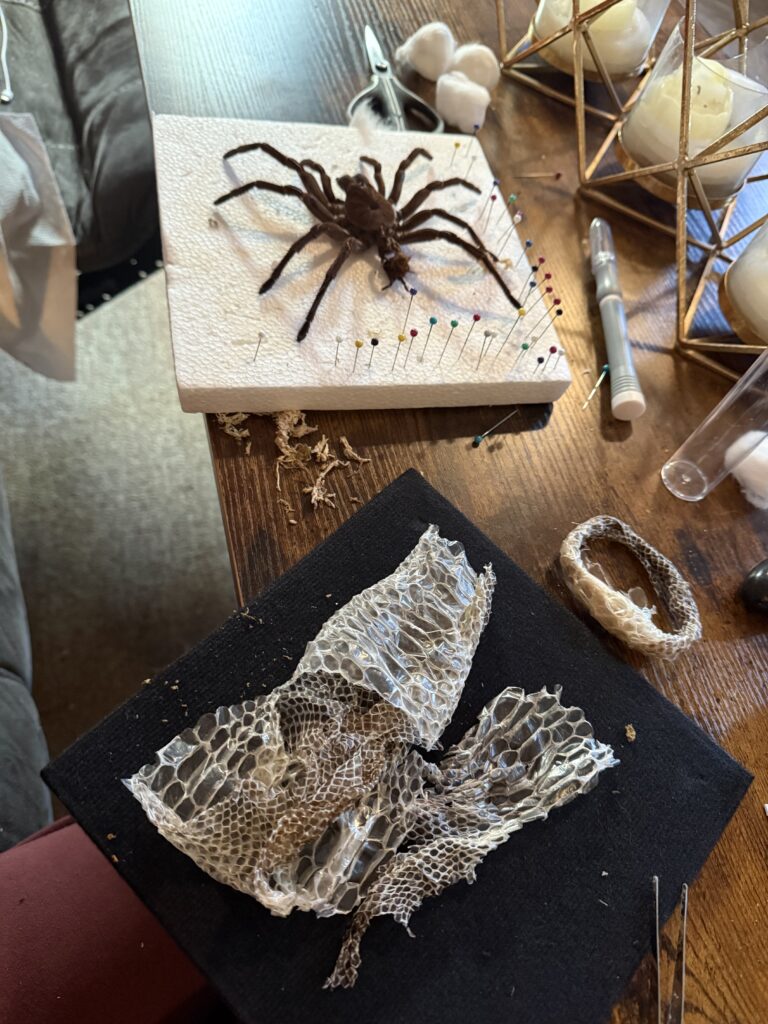
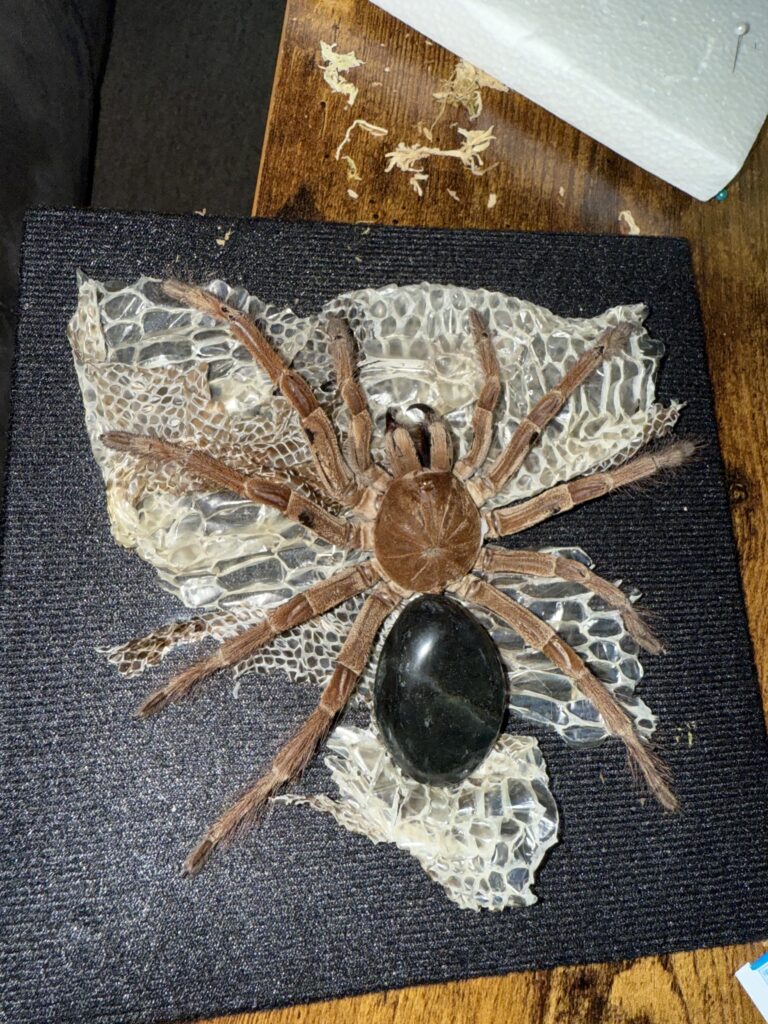
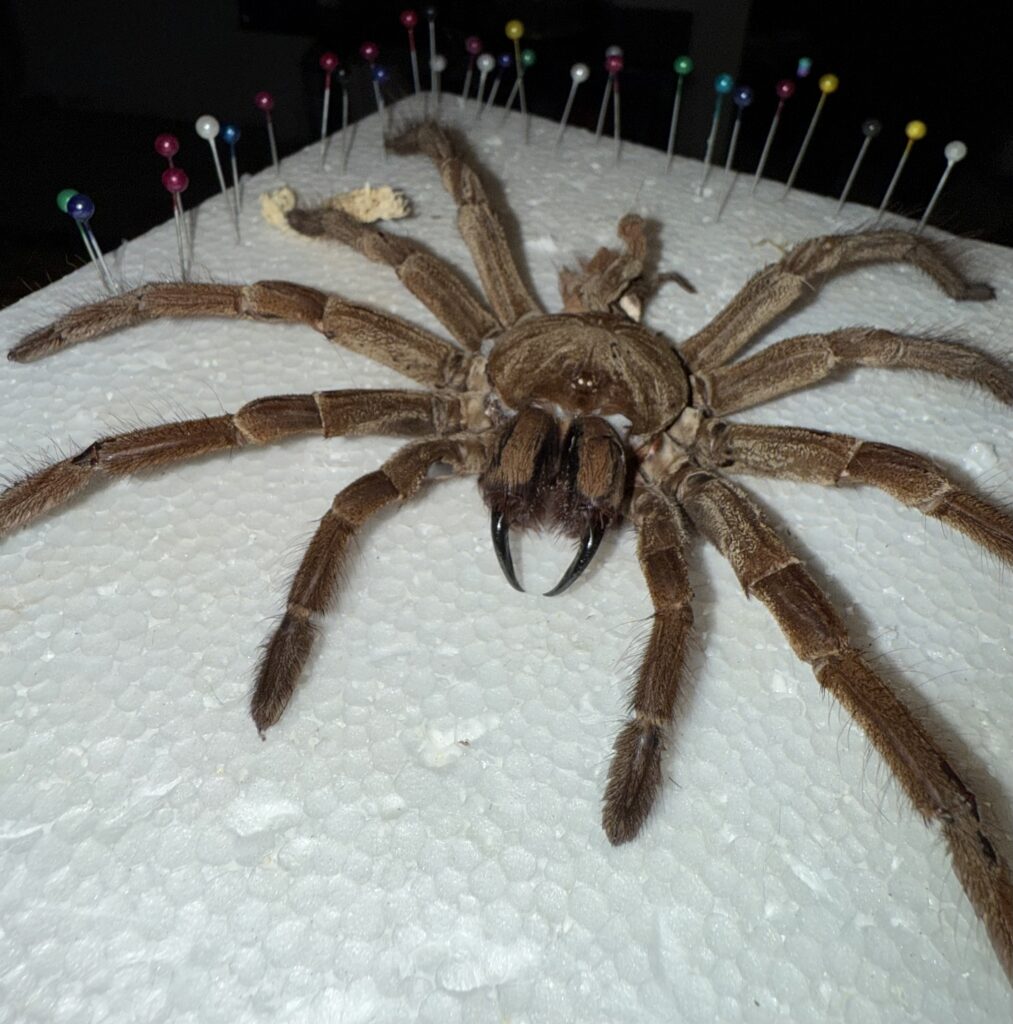
For my final free inquiry project, I decided to decorate and frame my Burgundy Goliath Birdeater’s most recent molt, which I had previously pinned. I had been putting it off for a long time because I was worried about breaking the molt during the process. It was also challenging to find a shadow box large enough to fit it.
The photos above show part of the process as I planned the decoration. The background for the shadow box was black, but I wanted the tarantula’s fangs to stand out, and I felt the black background wouldn’t work very well. To solve this, I decided to use some of my snake’s shed skin to add to the background. Since a tarantula’s abdomen is often damaged during molting, I replaced it with a labradorite gemstone shaped like an abdomen. I love how the labradorite shifts colors depending on the lighting. I didn’t accidentally break any legs during the process, and I’m really happy with how it turned out. Now, all that’s left is to hang it on the wall.
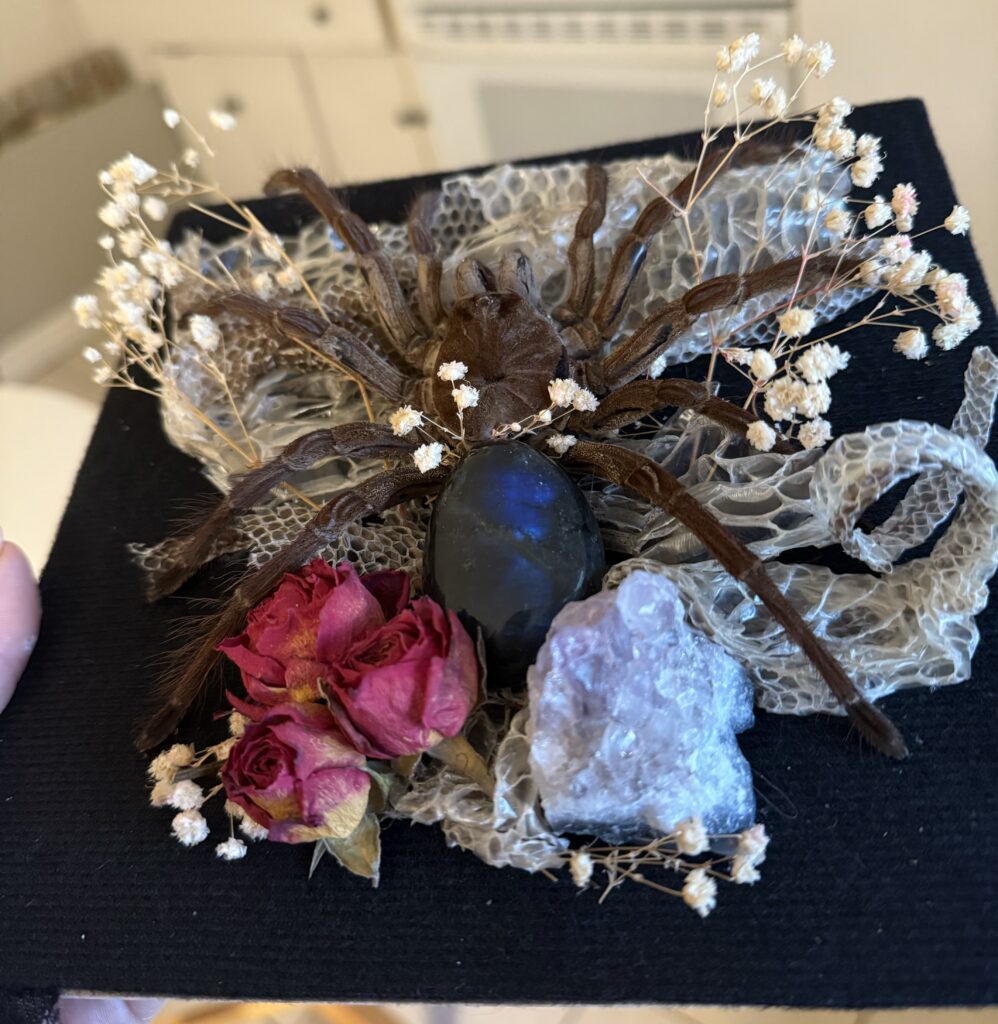
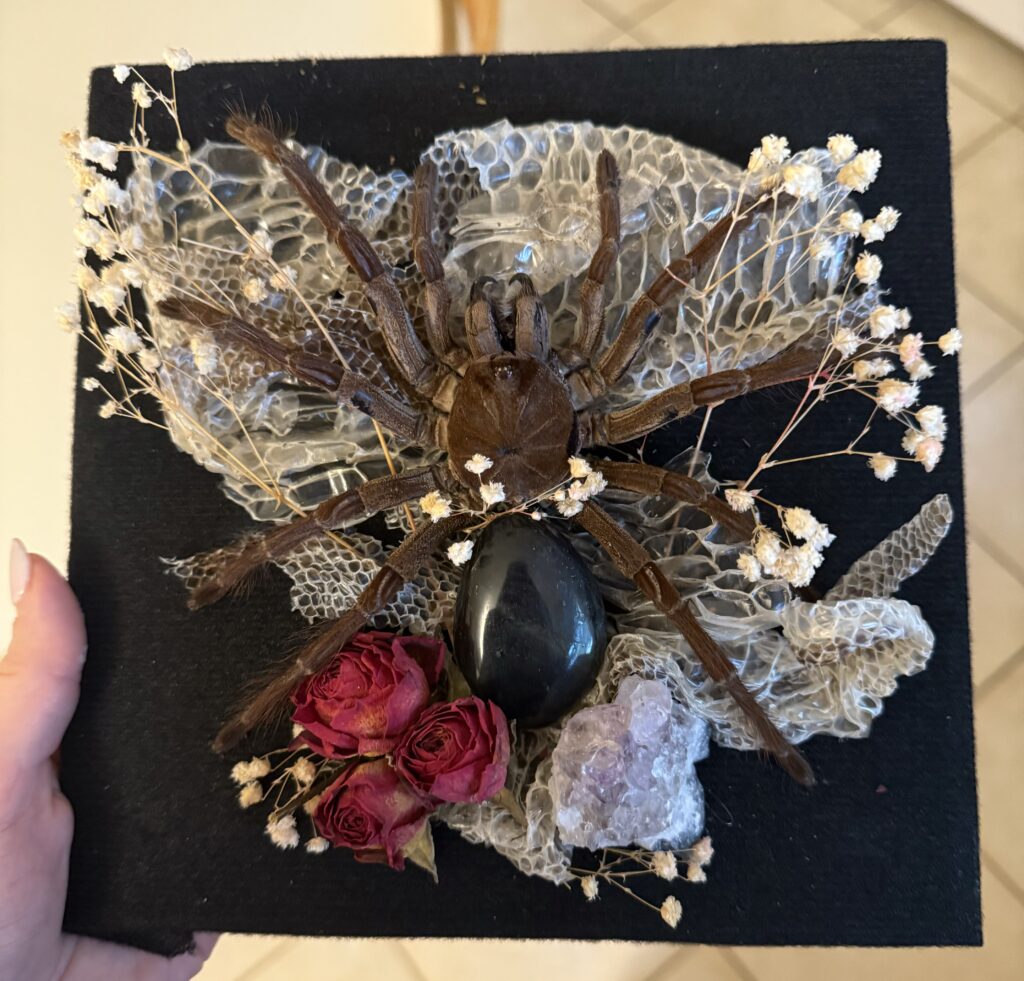
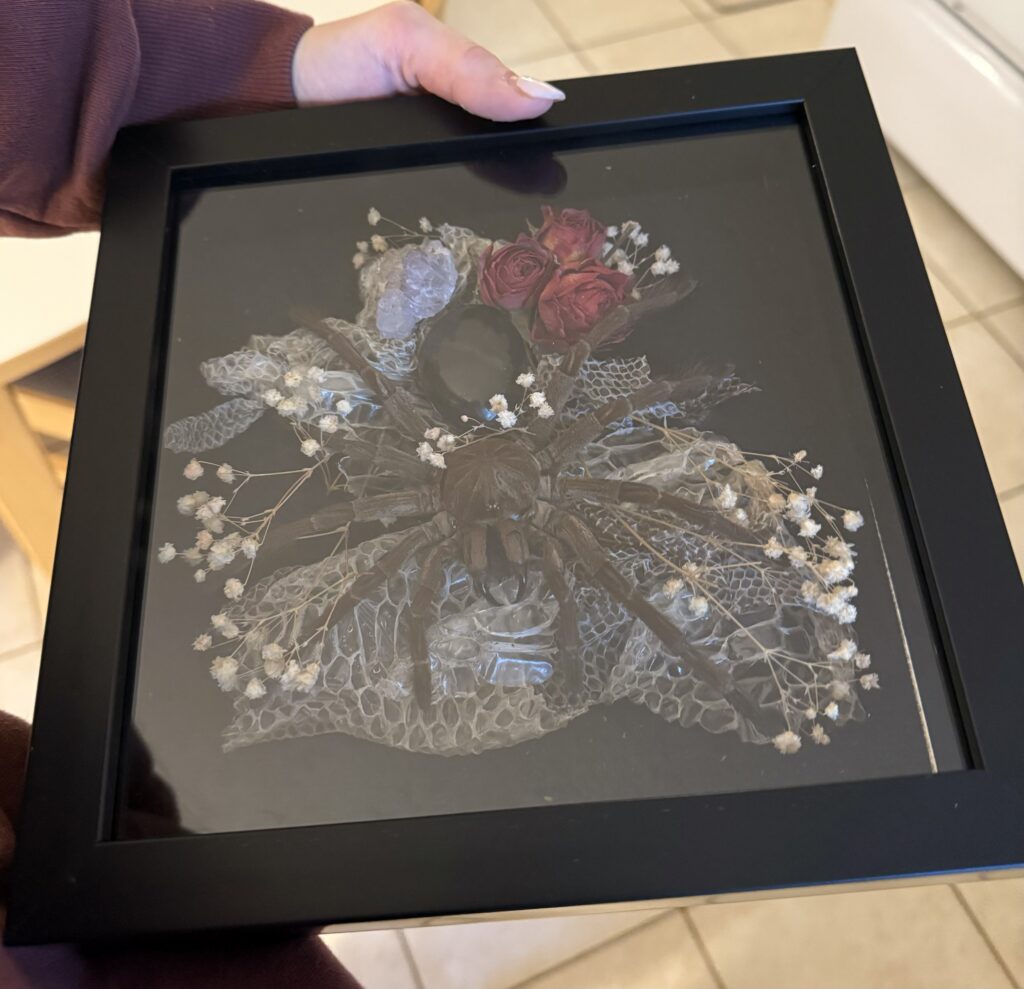
I also had time to pin some bugs today, though I’m not sure how they’ll turn out. It’s much harder than I anticipated, and I’m struggling to soften them enough to make positioning the wings easier. Maybe it’s never truly easy to move the wings? Thankfully, I bought a large batch of dried butterflies and moths to practice on because it’s going to take quite a bit more work to get it right. Still, I’m excited to see how they look once they dry!
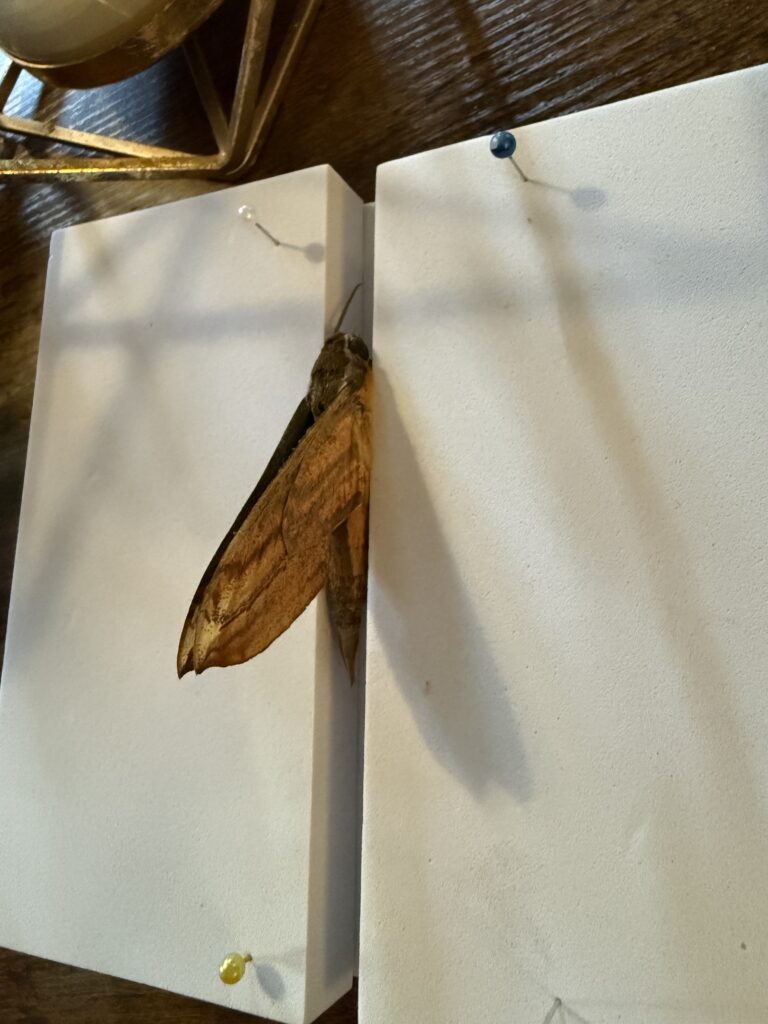
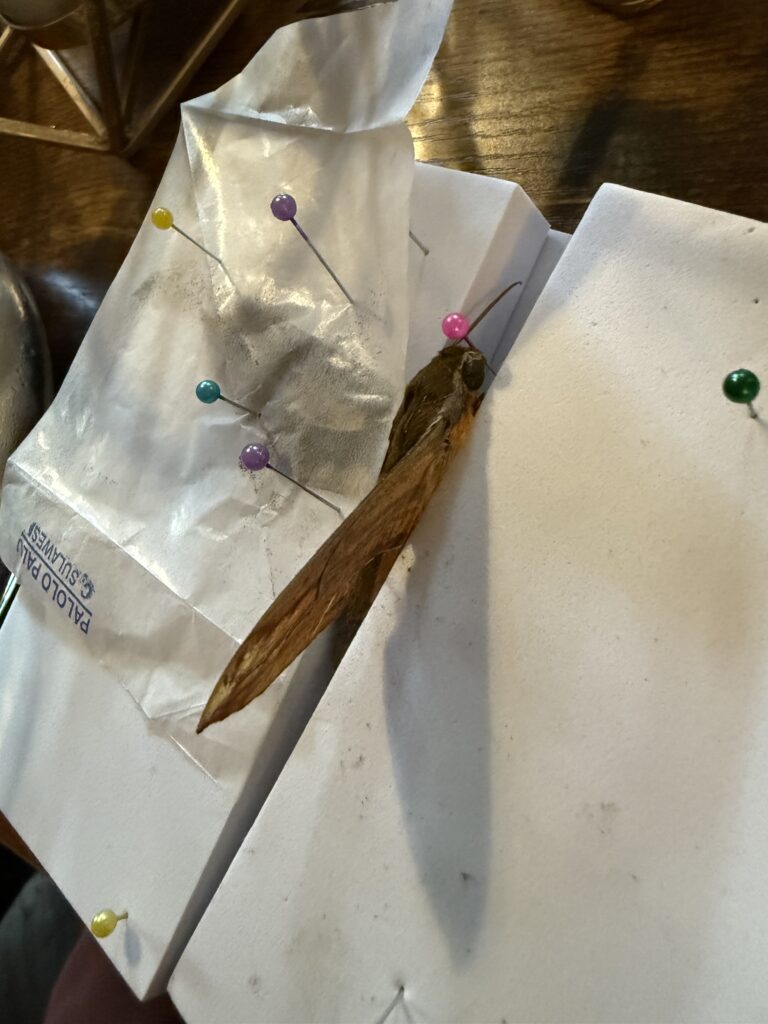
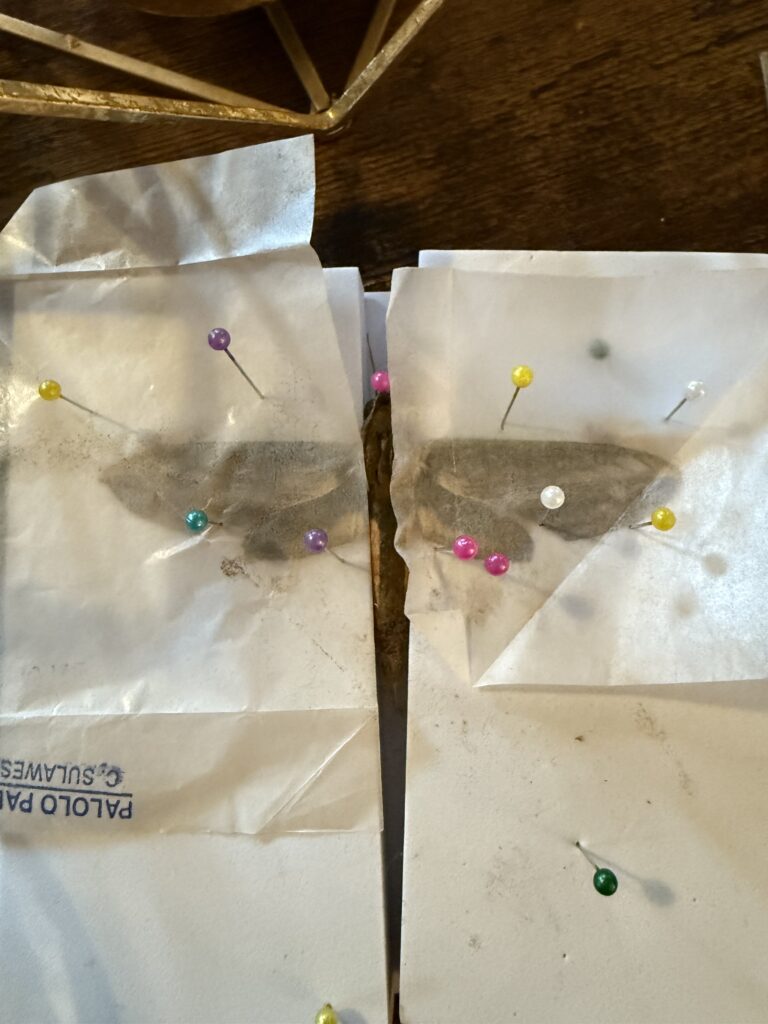
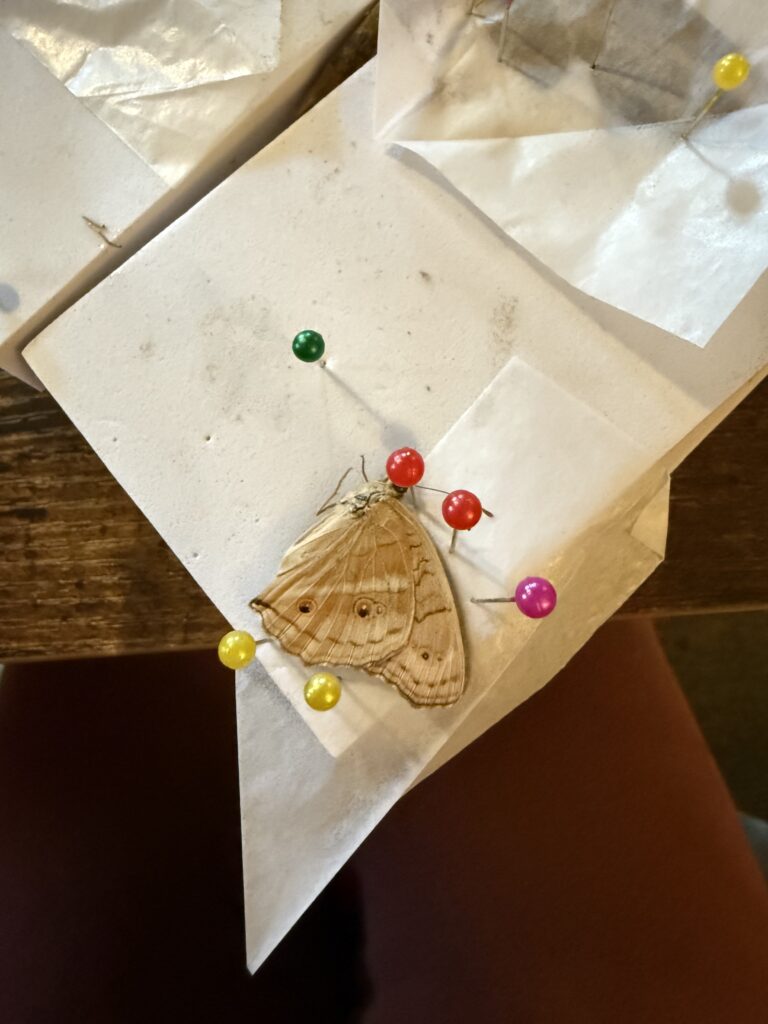
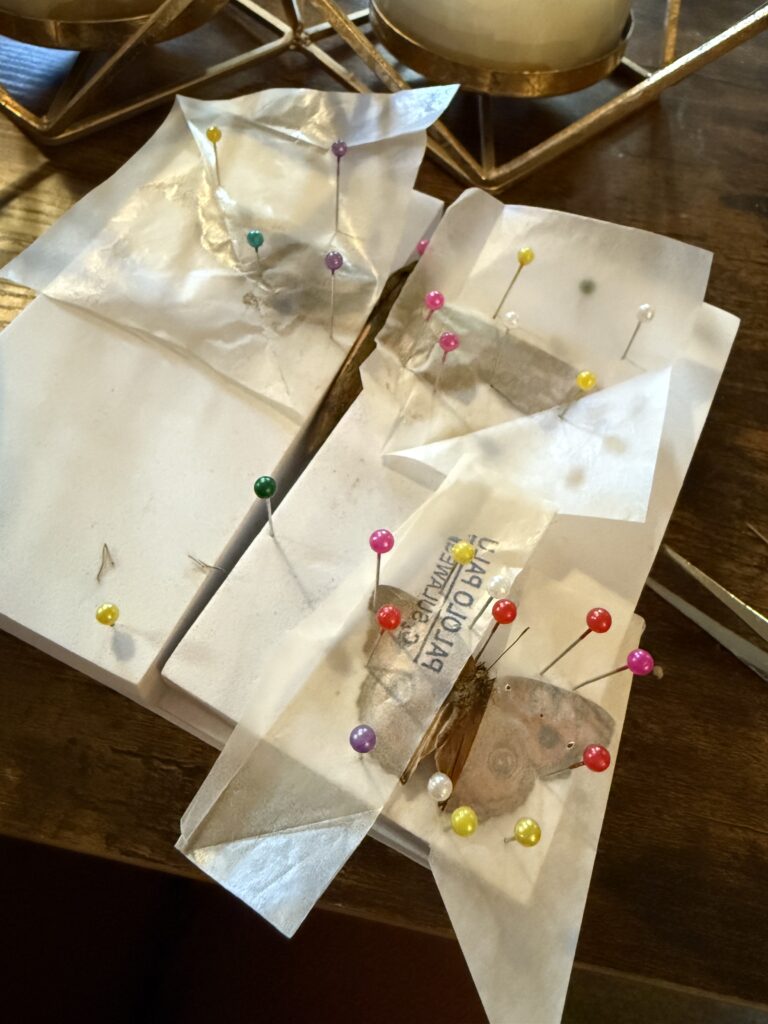
Looking back on what I’ve accomplished through my free inquiry project, I wish I had worked with more mammals like mice and rats. I had hoped to teach myself how to taxidermy them, but the supplies are quite expensive, and the rats I have in my freezer are usually reserved as food for my snake. I also can’t believe how quickly this semester has gone by. That said, this has been one of my favorite school projects ever. I loved having the freedom to choose something I’m genuinely interested in, especially since this isn’t something I’d typically have the opportunity to learn in school. My weekly free inquiry never felt like a chore—it was always something I looked forward to.
